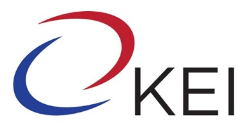Published June 24, 2016
Download PDFThe Middle East offers huge trade opportunities to South Korea, especially after the P5+1 agreement with Iran. President Park Geun-hye’s May 2016 visit to Iran has demonstrated this economic potential very clearly. However, Seoul should be aware that it is not the only state that is looking for business opportunities in the region. Seoul should likewise take into account the political and security threats stemming from some of the Middle East states especially after the Arab Spring (for example, Syria and Yemen), which might endanger South Korean assets and investments in the region. This paper will analyze the current South Korean Middle East policy and offer recommendations. The Middle East should not be perceived as one unified region, particularly in light of the rising tension between Iran and Saudi Arabia and the military involvement of the superpowers in the region. Seoul would be advised, therefore, to customize its Middle East policy to allow it to maximize its economic benefits while minimizing the security risks. Seoul should try to maximize trade with the stabilized states in the region, while paying attention to the regional implications. South Korea should consider offering assistance to the post-Arab Spring states to stabilize their economy and political system but without getting involved in internal and regional conflicts. In the destabilized states in the Middle East, rather than interfering in these conflicts, Seoul could help prepare contingency plans for their rebuilding once the civil wars end.
